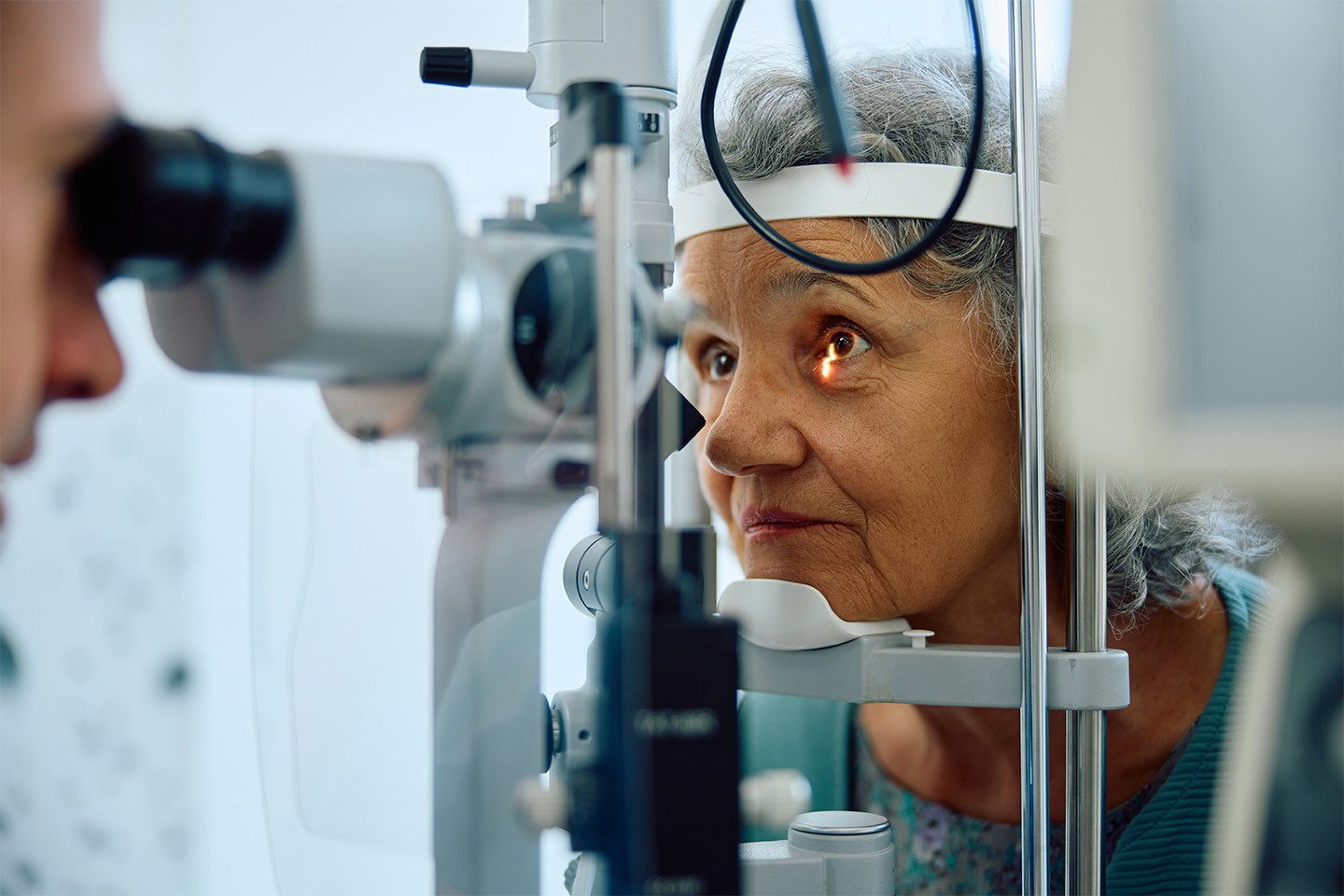Your Brief Guide to Color Blindness

Color blindness comes in many shapes and sizes. It can impact how a patient views the complete color spectrum.
Despite its name, color blindness is actually not a form of blindness. Rather, color blindness is a genetic condition that alters how an individual views certain colors. Because it is carried on the X chromosome, it is more common among men (8 percent) than women (.5 percent).
Understanding the different types of color blindness, what causes them, and how they can be treated can empower color-blind patients to feel more in control of their condition, putting them on the path to greater eye health.
The Top Three Forms of Color Blindness
Individuals with color blindness view color differently from their non-color blind peers. But the specific differences depend on the type of color blindness they experience. Here are the three common types of color blindness:
Red-Green Color Blindness. Of the three types of color blindness listed here, red-green (also known deuteranopia) is by far the most common. Individuals with this condition have a reduced sensitivity to both red and green light due to missing or defective long-wave and/or short-wave cone cells — the parts of the eye that respond to light and influence how we see color. For individuals with deuteranopia, red and green often appear as shades of gold, yellow, or tan.
Blue-Yellow Color Blindness. Blue-yellow color blindness (also known as tritanopia) is caused by missing or defective short-wave cones. Individuals with this extremely rare condition often see blue as green and yellow as violet.
Total Color Blindness. Total color blindness (monochromacy or achromatopsia) is caused by missing or ineffective retinal cones. Impacted individuals see everything in black, white, and shades of gray. Readers should keep in mind that total color blindness is extremely rare.
Causes of Color Blindness
Color blindness is primarily a genetic condition. However, forms of color blindness can develop later in life as a result of:
- Severe head injuries
- Stroke
- Toxic side effects from drugs
- Chronic illness, including diabetes mellitus, glaucoma, Parkinson’s disease, sickle cell anemia, and more
- Metabolic or vascular disease
In some cases, these conditions may cause damage to the retina or optic nerve, resulting in distorted color vision that can affect each eye differently.
Treatment Options for Color Blindness
For individuals with acquired color blindness, the condition may be treated by addressing the underlying cause. There is no known cure for genetic color blindness at this time, although promising research is underway.
However, unless a patient’s colorblindness is caused by a degenerative condition, color blindness does not require correction. In most cases, affected individuals can thrive by finding coping strategies that allow them to better navigate a color-oriented world.
Parents of children with color blindness are encouraged to inform teachers of the condition to ensure it doesn’t interfere with their education. Some individuals will opt for special contact lenses or glasses specifically designed for color-blind patients. While these lenses don’t correct the problem entirely, they filter light in a way that helps color-blind individuals better experience the complete color spectrum.
If you or a loved one has color blindness, reach out to an eye care expert to learn more about the condition and the best path forward. Contact Kleiman Evangelista today to set up your appointment.
Turn To The Top Eye Doctors In Texas
Check out one of our locations below for the best eye care near you:









